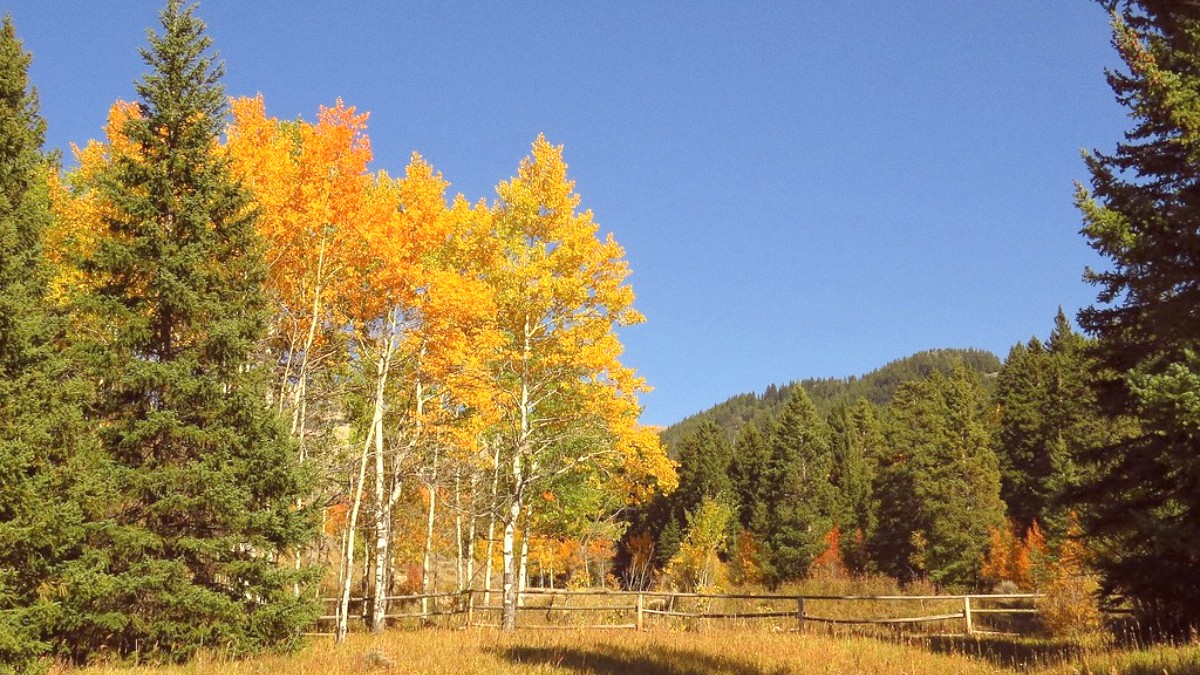
Wyoming, USA
The Bighorns present a refreshing contrast to more crowded national parks, permitting deep connections with nature and a genuine Western experience. Plan for sweeping vistas, diverse wildlife, and the quiet satisfaction of discovering one of America's true natural treasures.
The Bighorn Mountains constitute a prominent range in northern Wyoming, with a portion extending into southern Montana. These mountains form a distinct eastern arm of the Rocky Mountain system, rising sharply from the surrounding plains. The range extends approximately 200 miles (320 kilometers) from north to south and measures about 50 miles (80 kilometers) from east to west.
This considerable size includes a diverse array of landscapes, from high alpine tundra and glaciated valleys to dense pine forests and verdant meadows at lower elevations. The Bighorns are an island range, relatively isolated from other major mountain systems, creating unique ecological zones and spectacular, unobstructed views of the basins below.
Evidence of human presence in the Bighorn region dates back over 10,000 years, to the Paleo-Indian period. These early inhabitants were nomadic hunters who followed megafauna, leaving behind traces of their passage in the mountain valleys and high plateaus. The mountains were a rich hunting ground and a source of resources for survival.
For thousands of years, the Bighorns were ancestral lands and seasonal hunting grounds for numerous Native American tribes. The Crow, Cheyenne, Shoshone, and Arapaho peoples regularly utilized these mountains for hunting bison, elk, and deer, gathering medicinal plants and berries, and seeking spiritual solace.
A large and enigmatic stone structure, a National Historic Landmark, used for ceremonies and astronomical observations by various Native American tribes.
Early 19th-century figures like John Colter ventured into these territories, followed by fur trappers and mountain men.
The late 19th century brought conflict as westward expansion intensified, with clashes between Native American tribes and the U.S. Military.
Located near the eastern base of the Bighorns, this site serves as a poignant reminder of these intense and often tragic conflicts.
Portions of the Bighorns designated as a forest reserve in 1897, marking a shift towards conservation and planned resource use.
The vast grasslands and forests presented economic opportunities. To manage and protect these valuable natural resources, portions of the Bighorn Mountains were designated as a forest reserve in 1897. This designation marked a shift towards conservation and planned resource use.
A significant portion of the range falls within the Bighorn National Forest, protecting over 1.1 million acres. The forest features Ponderosa pine, Lodgepole pine, and Spruce-fir stands, giving way to aspen groves with fall colors.
Numerous rivers and streams originate in the Bighorns, carving impressive canyons like Shell Creek Canyon. These waterways feed into the Bighorn River. The Bighorns stand bordered by the Bighorn Basin to the west and the Powder River Basin to the east, contrasting the lush mountains with semi-arid plains.
The Bighorn Mountains hold a deep and layered history, echoing with the stories of diverse peoples and significant events.
Here is a brief overview to understand what defines this remarkable destination:
The Bighorn Mountains are situated in northern Wyoming, with their northernmost reaches extending into southern Montana, USA. This location presents a distinct mountain environment, rising dramatically from the surrounding high plains and basins.
Northern Wyoming, extending into southern Montana, USA.
The Bighorn National Forest, managed by the USDA Forest Service.
Cloud Peak, reaching an elevation of 13,167 feet (4,013 meters).
The Bighorns display a collection of diverse and impressive features.
The Cloud Peak Wilderness offers unparalleled backpacking and mountaineering in a truly wild setting, characterized by glaciers, snowfields, and hundreds of alpine lakes. The Medicine Wheel/Medicine Mountain National Historic Landmark provides a spiritual and historical anchor. Two world-class scenic byways, the Cloud Peak Skyway and the Bighorn Scenic Byway, traverse the mountains, presenting accessible and breathtaking drives through varied ecosystems.